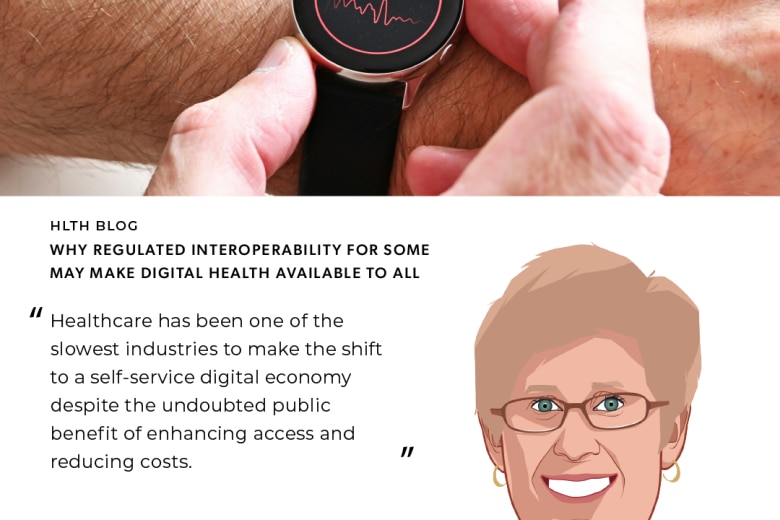The COVID-19 pandemic forced the healthcare community to pivot quickly and deliver care remotely, mostly using telehealth and virtual visits. It offered patients the ability to receive non-urgent care while staying safely in their homes. The rapid shift to telehealth was executed with lightning speed, compared to the historically glacial change in healthcare. However, that rapid pivot came without adequate time to address the needs of the most vulnerable populations, thus widening the digital divide in healthcare. Consider:
- One in five Americans lack smartphone access, and one in four Americans lack computer access or broadband, which prevents them from digitally engaging with the healthcare system, based on 2019 data from the Pew Research Center.
- There was low uptake of video visits and unequal access to vaccines for underserved patients during the pandemic.
Healthcare’s digital divide has been around for a while, but COVID-19 put a spotlight on the problem and possibly made it worse.
Digital health can be defined as anything from telehealth, mobile applications, wearables and patient portals. It is a way to supplement in-person care using digitally-enabled tools, and it depends on both digital literacy and internet connectivity. These "super social determinants of health (SDOH)” are the entry way into many other SDOHs – employment, housing, and assistance programs.
There are many reasons that underserved populations are unable to engage in digital health, underscoring the larger issue of healthcare inequality. These include:
- Lack of financial resources to buy phones or pay for internet/broadband services.
- Absence of technology skills to use digital modalities.
- Low literacy levels incompatible with most applications, which are written at a 12th grade or older reading level.
- Multi-generational families living in small spaces lack a place to have private medical conversations.
- Differing cultural norms about access to healthcare.
We know that the digital divide in healthcare widened during the COVID-19 pandemic. From my work on the board of directors of a Federally Qualified Health Center (FQHC), I know how hard it was for our patients to access care. We provided solutions such as tablets that we delivered to homes, and accommodated telephonic-only visits. But localized solutions aren’t enough; there needs to be national attention on this problem.
Here are steps all of us in the industry can take to make sure no patient gets left behind:
- Digital health companies can build tools with intention, realizing that their users are not always highly educated or have economic means to access their tools as designed. Both the
Digital Health Equity Framework and the
WHO draft strategies on digital health can provide recommendations.
- Provider organizations can train patients about how to use digital tools, like telehealth and patient portals. Don’t assume they know how.
- We can educate providers on the barriers to remote delivery of care, especially underserved populations. Variations exist.
- During design and deployment of digital health programs, we can involve people from marginalized and vulnerable groups.
- We can expand federal programs that subsidized broadband and mobile device costs. Current programs are inadequate and continue to perpetuate the digital divide.
This list isn’t complete, but it’s a start. If digital health is to be the healthcare of the future, we need to ensure everyone is included. We need to close the digital health divide, not open it wider.




































